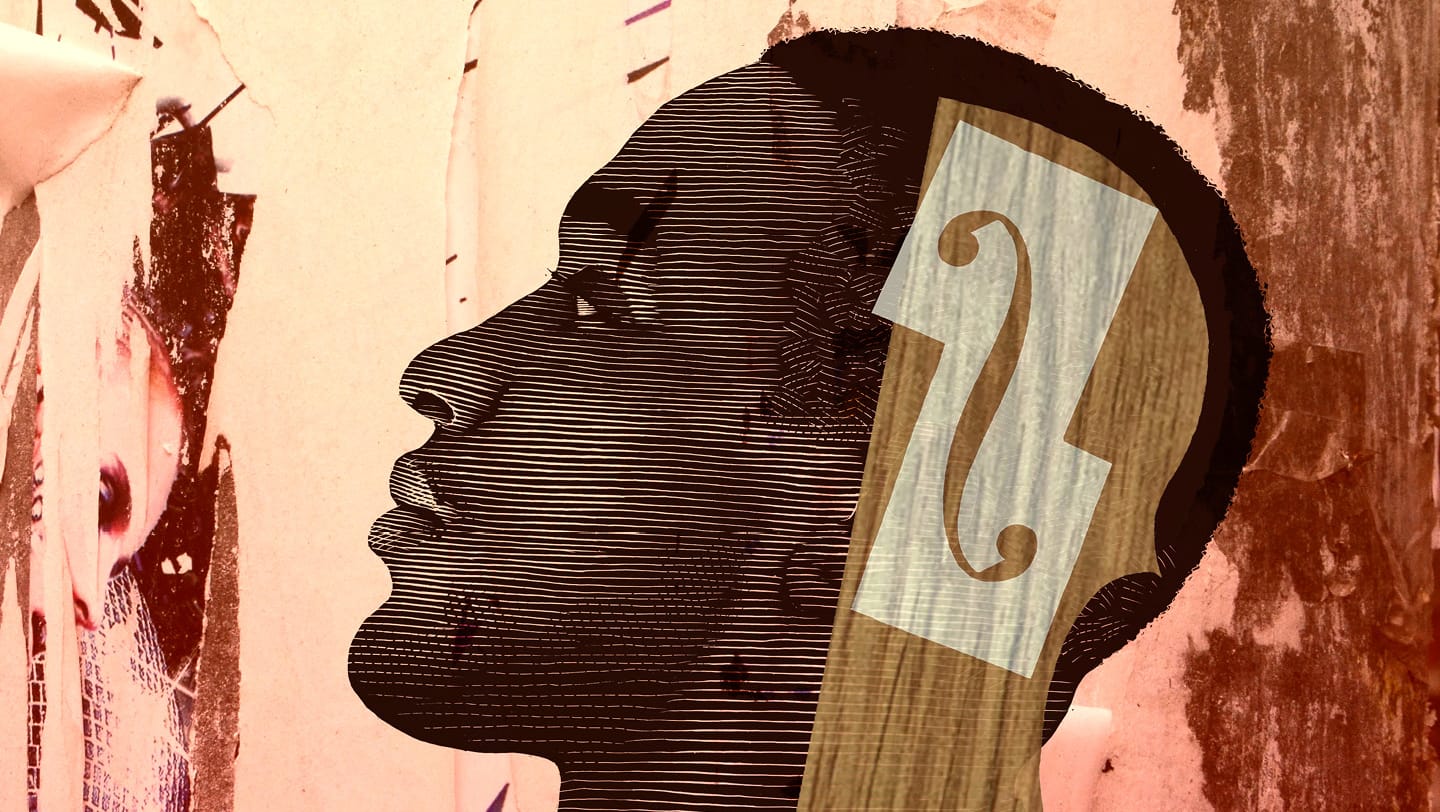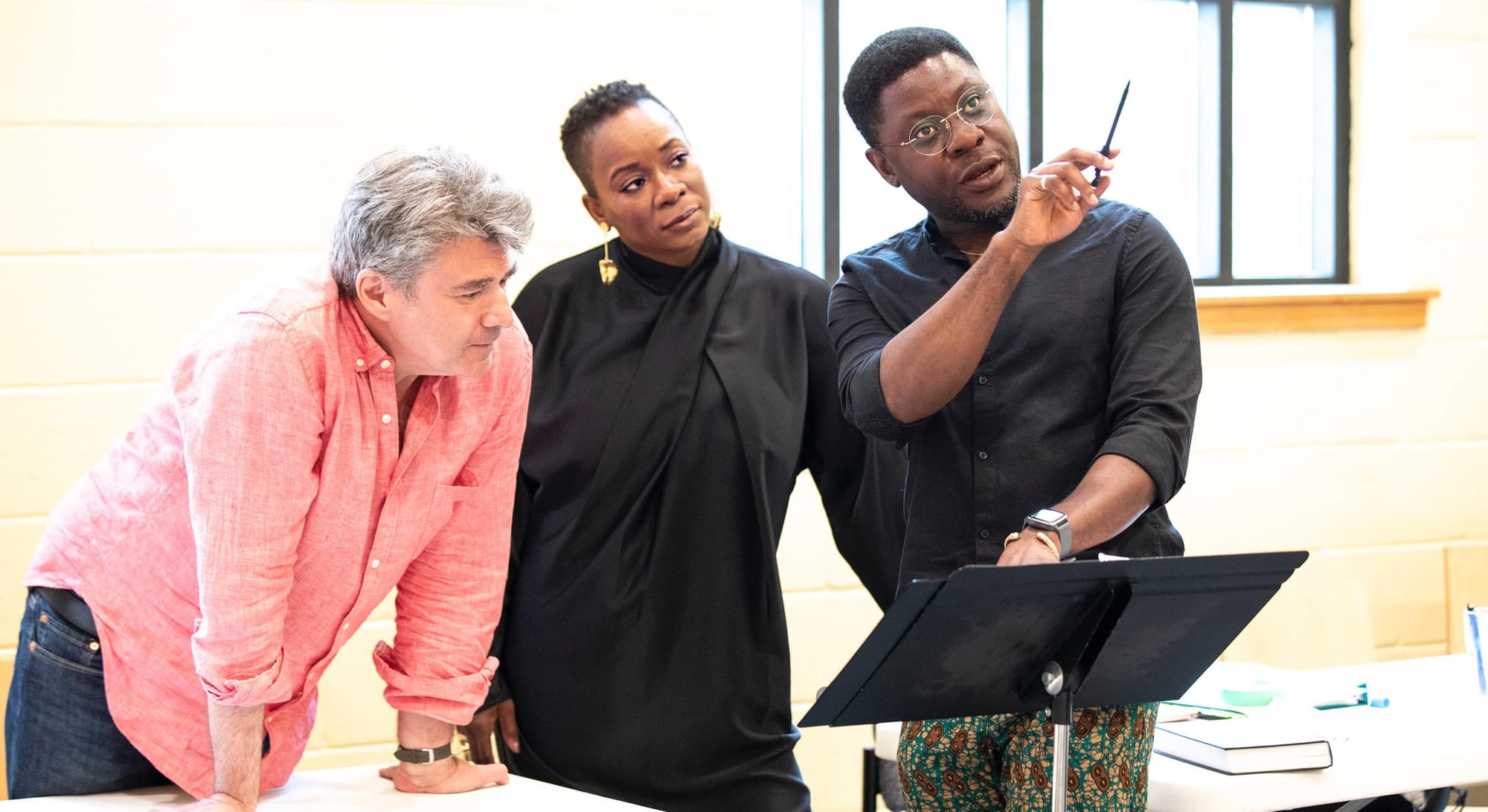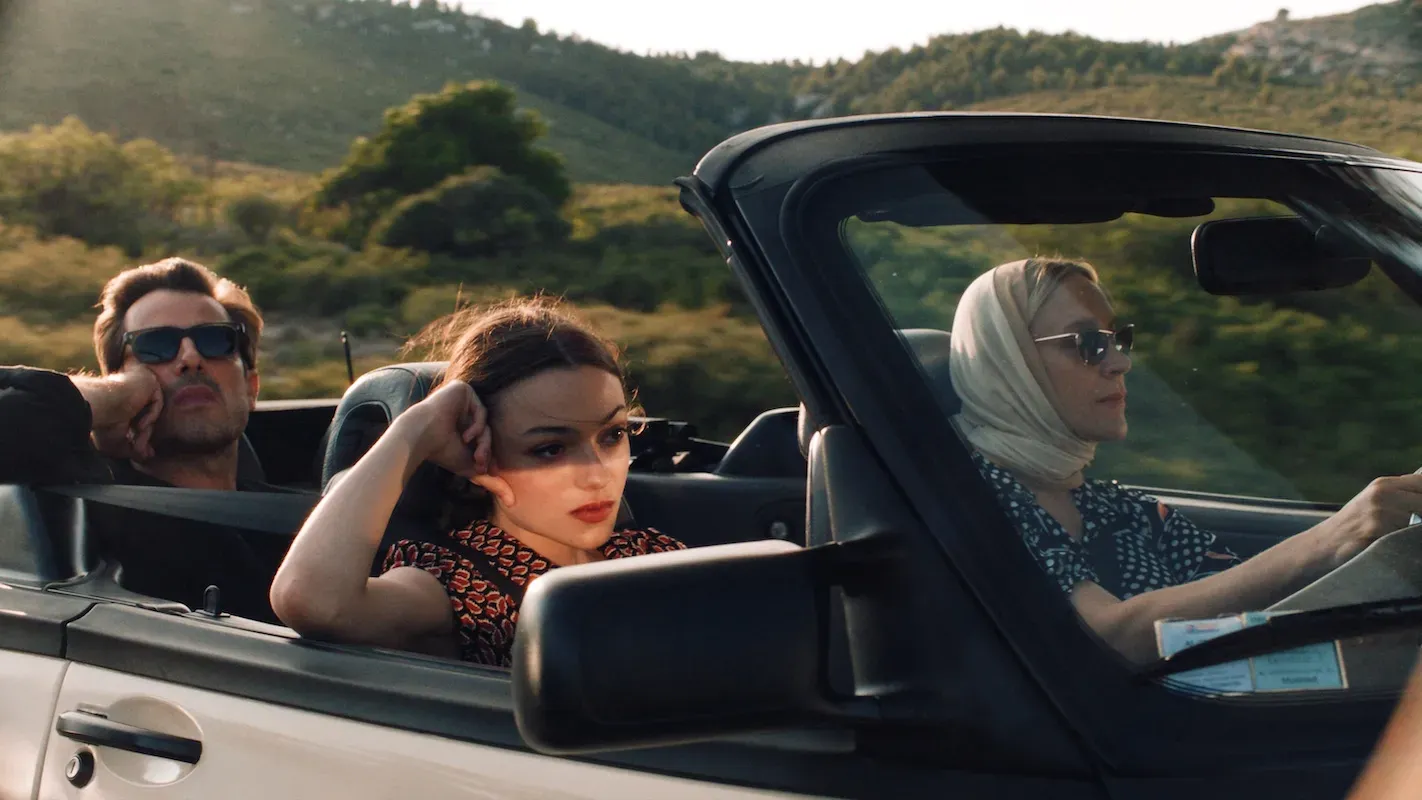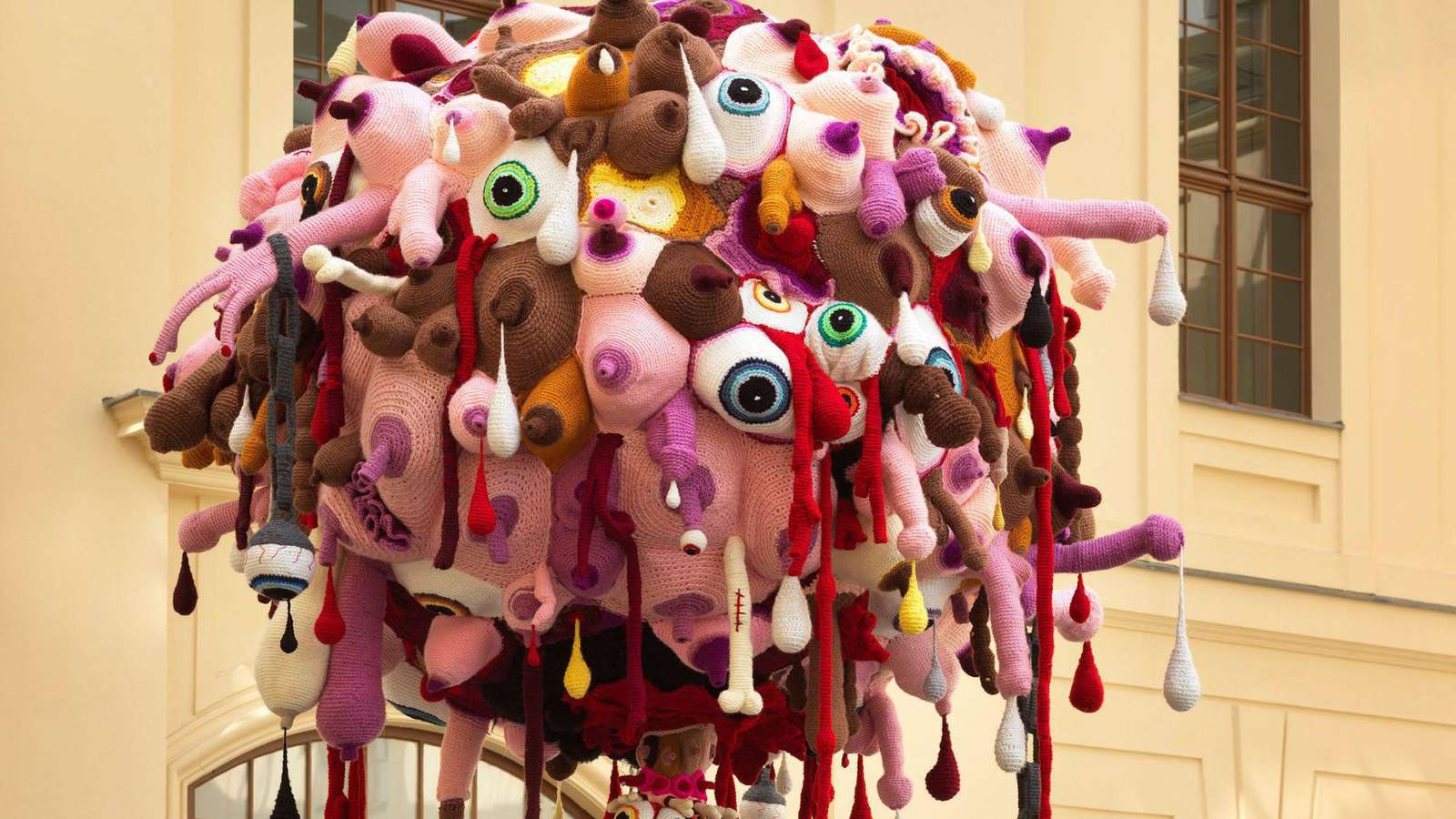Undoing Erasure: A Soldier’s Tale Retold
Poet and playwright Titilope Sonuga on her new libretto for Stravinsky’s 1918 theatrical work being performed by the Art of Time Ensemble, inspired by the story of the Canadian army’s first all-Black battalion.

For more than a century, the service of the No. 2 Construction Battalion in the First World War went unrecognized by the Canadian government. Formed in 1916, the country’s first, and only, all-Black military unit included many volunteers who had first tried to enlist as soldiers only to be refused because of their colour. The lumber they cut built the trenches, railways, and aircrafts that would eventually help win the war. Their service, however, was rewarded with erasure. It was only in 2022 that the prime minister offered an apology on behalf of Canadians for the racism faced by battalion’s members.
Like the vast majority of Canadians, Titilope Sonuga knew nothing about their critical contribution to the war effort. She only learned of the battalion while researching the libretto she was commissioned to write for The Art of Time Ensemble’s reimagining of Igor Stravinsky’s The Soldier’s Tale, presented in association with Koffler Arts and The Glenn Gould School. As the Nigerian-born and Edmonton-based poet, playwright, and performer tells Arcade over the phone, her never having heard about the battalion “says something about how we share our history in Canada.”
The original libretto that accompanied Stravinsky’s score was performed in French and written by C. F. Ramuz. It debuted in 1918 and follows a soldier on leave from the army who trades his fiddle for riches, only to later learn the true meaning of a rich life. In Sonuga’s retelling, her soldier wants to go to war and fight for his country but is refused on the road to enlist. In a psychological duel with the devil that tests time and space, each obstacle is punctuated by booming and genre-defying chamber music.
Retitled Sankofa: A Soldier’s Tale, Sonuga says she wanted to commemorate, by way of fiction, “the original memory of the people” who served in the battalion because “it is their lives and story to tell.” But rather than preserve that story as an experience from the distant past, the libretto instead situates it in what Sonuga calls “the every-present now,” underscoring that, “some of these ideas of historical erasure and racism, of war and what that means, even in 2024, are here with us.”
Directed by Tawaih M’Carthy, with musical direction from Andrew Burashko, Sankofa runs October 24–27 at the Harbourfront Centre Theatre in Toronto.
I want to begin with the source of all life: water. In your poem “Homegoing,” from your collection This Is How We Disappear, there is an epigraph by Toni Morrison that reads, “All water has a perfect memory and is forever trying to get back to where it was.” Water features prominently in your poems and music. How has your relationship to water informed your storytelling? And how has it informed the libretto?
Water is a beautiful, complicated, layered element. Every time I’m in front of a body of water it reminds me how small I am, and how much I don’t know, because we know so little about what happens under the sea. The Toni Morrison quote speaks to the idea that water has a perfect memory beyond what we could possibly imagine. When I’m creating work, writing in itself is this unknown place that I’m travelling to. I’m trying to reach for an ancient knowing. I am drawn to water and I’m inspired by it. I’m humbled by the idea of not knowing the end from the beginning, of not having the answer to everything.
In Sankofa: The Soldier’s Tale, water is used as a way to convey the journey that this soldier has gone on, and the ancestral journey that had to take place across waters in order for him to arrive in the place he’s in. I draw on that quite heavily as a metaphor for those transitions and on how water can be at once a peaceful thing but also a devastating power.
Why did you depart from the original plot of the story?
My intention was always to depart from the original text and create something new. I wanted to tell a story that felt a little bit more linear, and I wanted to tell a story that felt urgent and now. So when I went searching, I kept thinking, What is a soldier’s tale in the Canadian context? That search led me to the No. 2 Construction Battalion. I wanted to honour the memory of these men by using their story as the context of this new fictional soldier, who is a mixture of events and people.
What role does fiction play in recording these truths to memory and exposing the erasure that occurred?
In the Black battalion, many of these men were from Nova Scotia, but they also came from all over Canada. There were two men on the list that I was able to find who were recorded as being from the Caribbean. Their story intrigued me and set me off on a path. And on that path, I thought, “Where’s my soldier from? What’s his origin story?” Because of those two soldiers, I was able to build a new being who has roots in Jamaica. But in Jamaica there are descendants of enslaved people who came from the continent, from Africa, from Ghana, from Nigeria. So I was then able to say, “Maybe his heritage is from Jamaica but, if we go further back, maybe his ancestors are from Ghana.” And then maybe we get to pull forward the mythology and storytelling of Ghanaian people.
The story’s called Sankofa, which is based on a Ghanaian saying about reaching back to pull from the past so that we can walk into the future. In this way, I’m able to then pull this single thread and then make something new. I get to build a new heritage, a new history of this person, and find ways that can serve the story I’m trying to tell.
In the original story, the key roles are those of the soldier, the devil, and the narrator. How did your departure reshape these roles?
I had the fixed point of the narrator, the devil, and the soldier being characters in the story, so I thought about how to leverage them. The narrator felt like this all-seeing eye, this god-like figure who could give us insight into what was happening in the moment and who could help push the narrative along.
The devil, in my version, is less of a physical being but more of a psychological experience for the soldier. I was able to use the devil as a way to explore the inner turmoil of this young soldier, who is attempting to enlist so that he can further the cause of Black people in Canada. Thinking, If we go off and fight in this war, then we’ll be men and we’ll be able to be more human.
His desires to go fight are not altogether altruistic. He has to negotiate his own morality. He has to negotiate his own desires until the devil helps create a portal into what that internal experience is. This story represents that internal condition of a human being who wants so deeply to have something, but also recognizes that it comes at a cost.
There’s a past and a future that the soldier is wrestling with throughout the piece. Can you speak more to what those time periods are and how the soldier is wrestling with them?
He comes from a lineage of warriors. His ancestors were first kings and queens who lived on a rich and prosperous land that they protected. In the next generation, they were people who were enslaved and brought to what is now known as Jamaica, the Caribbean, to work the land and who then waged so many wars and conflicts the enslavers were not able to comfortably complete their agenda. They were a fighting people. They were feared and revered. The soldier comes from this lineage, this strength, this power that he then ironically is going after in this Canadian context by wanting to fight in a war in order to be powerful, to be more man, more human. So for him, the element of remembrance is trying to stitch him back to an existing strength and history as he seeks this other outward validation.

And how was the process of writing this tale to music?
Writing to the music was challenging until I found a path through. I listened to the music over and over again and tried to find emotional touch points that could serve the story. The music changes so frequently, even within one piece it changes time signatures, it changes pace. And that’s what made it challenging, but that’s what also has the potential to make it really interesting.
When the soldier’s feeling, perhaps, melancholic, there are areas in the next piece of music where what comes in is something agitated, and how do I then say, Maybe the soldier’s not feeling that agitation, but maybe there’s a tension there. Maybe what that agitation is doing is actually interrupting his more sombre moments. And how do we use the tension in those two opposites to make the story still work? It took many drafts. I knew it was close when the people reading the story understood the emotional arc.
What was it like seeing everything come together for the first time?
It was really nerve wracking in the beginning. The first day of the workshop was the first time I’d heard anyone other than myself say the words out loud. You’re kind of holding your breath a little bit, thinking, Oh my god, maybe it only makes sense when I say it to myself. There’s a little bit of that first-time listening anxiety. But once it was up on its feet and people were more comfortable with text they were essentially seeing for the first time, then I started to see it, and then I started to get really excited about it.
This is a living thing that does make sense. I was willing to be seen trying, I was willing to not have gotten it right, and I was willing to make changes and polish. I haven’t had a lot of experiences as a poet or writer where I get to truly cocreate in that way. I really appreciate it and I am hopeful for more experiences like that.
“Sankofa,” is a word that, as you mentioned earlier, carries with it the idea of remembering the past so we can make positive progress in the future. Does Sankofa symbolize the journey both the characters and audience members take?
It does. In the broader sense, Sankofa is also a call to us to remember a part of our history that’s been left in the past. This is the story of the battalion, but within the narrative itself, it is a call to the soldier. There are several layers of reaching back for something, several layers of remembrance that is a call to both the people on the stage and the people who are experiencing the work. Hopefully people leave with a sense of the importance of remembrance.
What is it you hope that the audience carries forward?
I think context matters, it depends on who that person is. But generally, it’s that the scenes in the story are evergreen. Some of these ideas of historical erasure and racism, of war and what that means, even in 2024, are here with us. Part of what the story starts to do is draw forward the past and history, but also place the past as something that is in the ever-present now, as something that we are reckoning with: Who gets to have their names in the history books, who doesn’t, who gets to wage war and on whose land and what is our complicity in that. It’s about not holding the story of the battalion as some historic artifact, but almost as a flashlight into the present and the future we are heading toward.
This interview has been edited for clarity and length.
Sankofa: A Soldier’s Tale runs October 24–27 at the Harbourfront Centre Theatre in Toronto.





